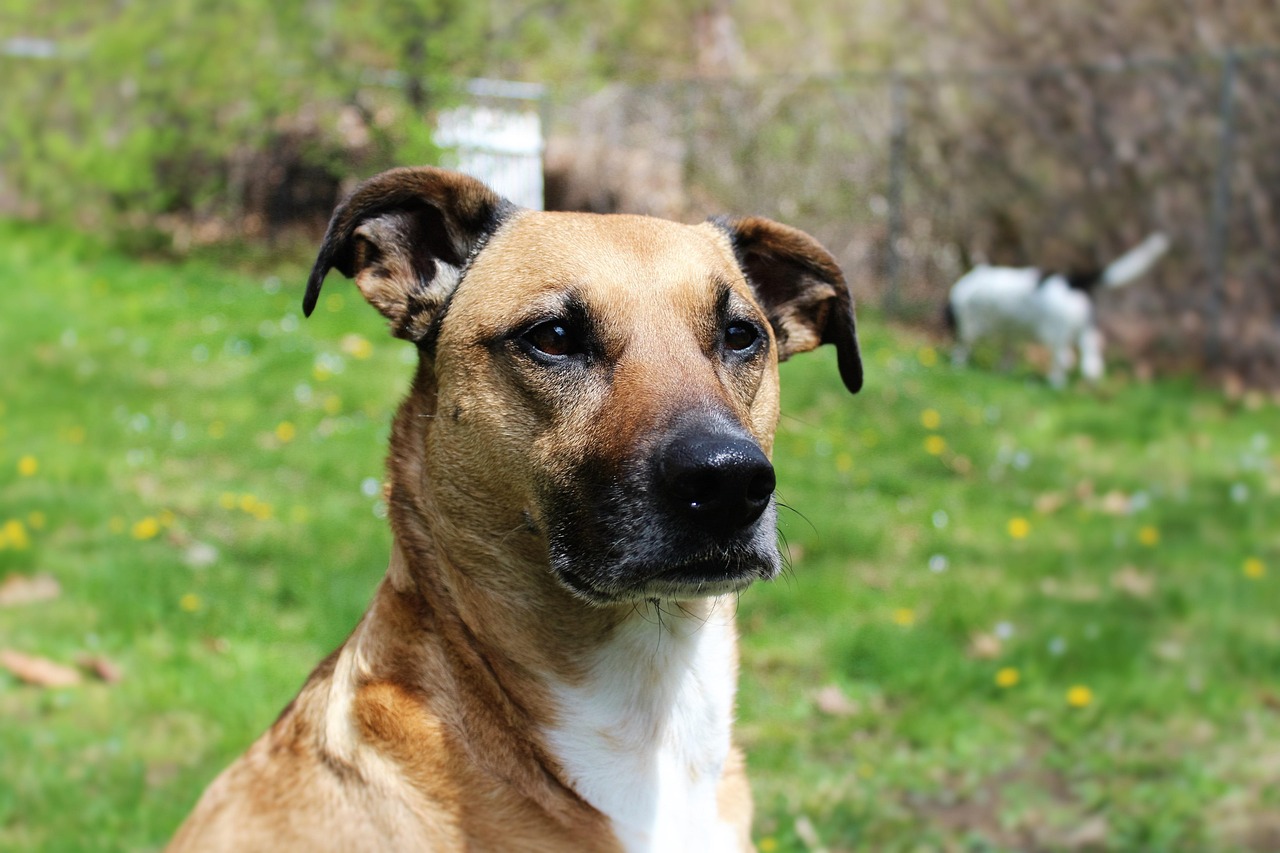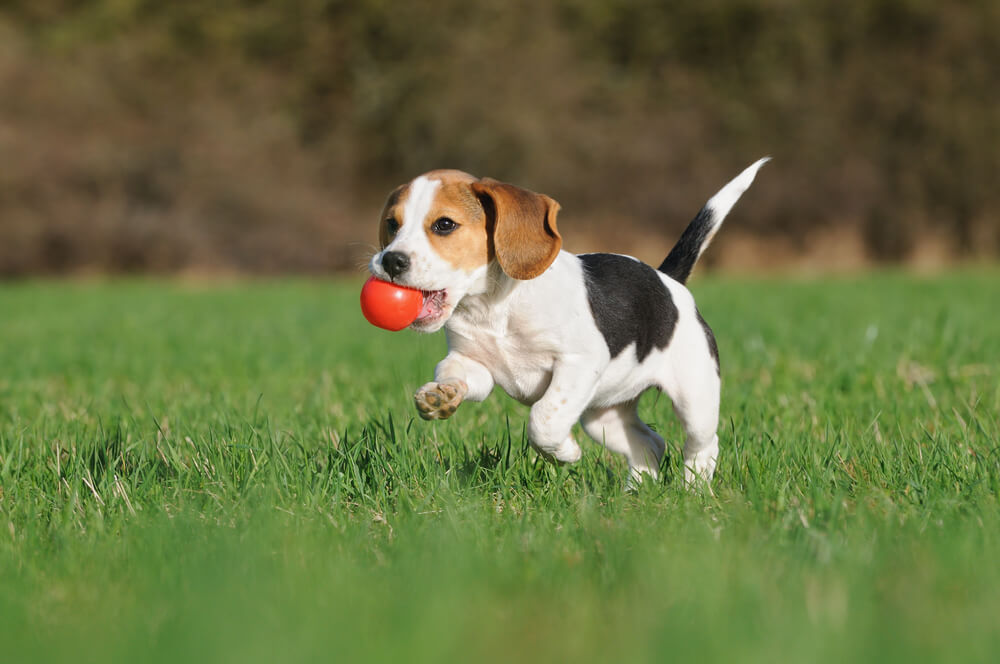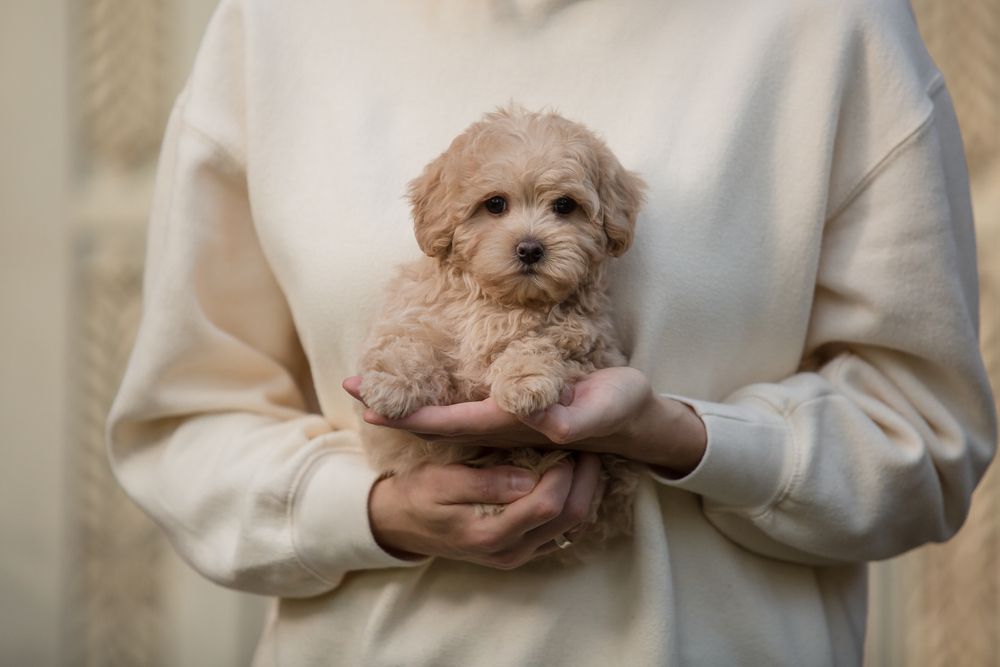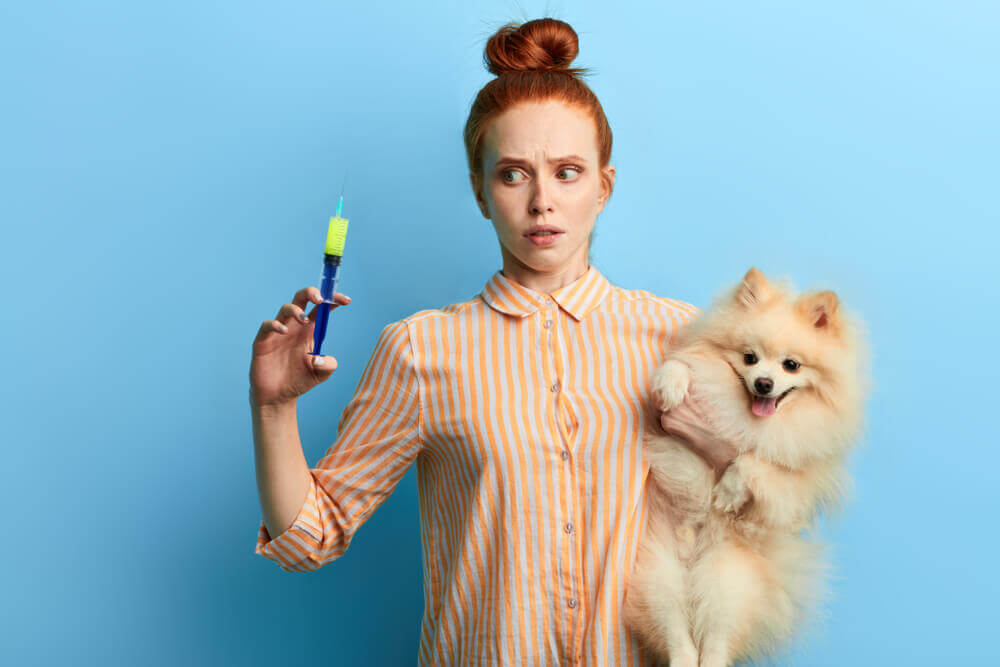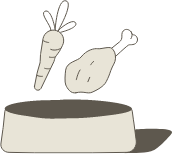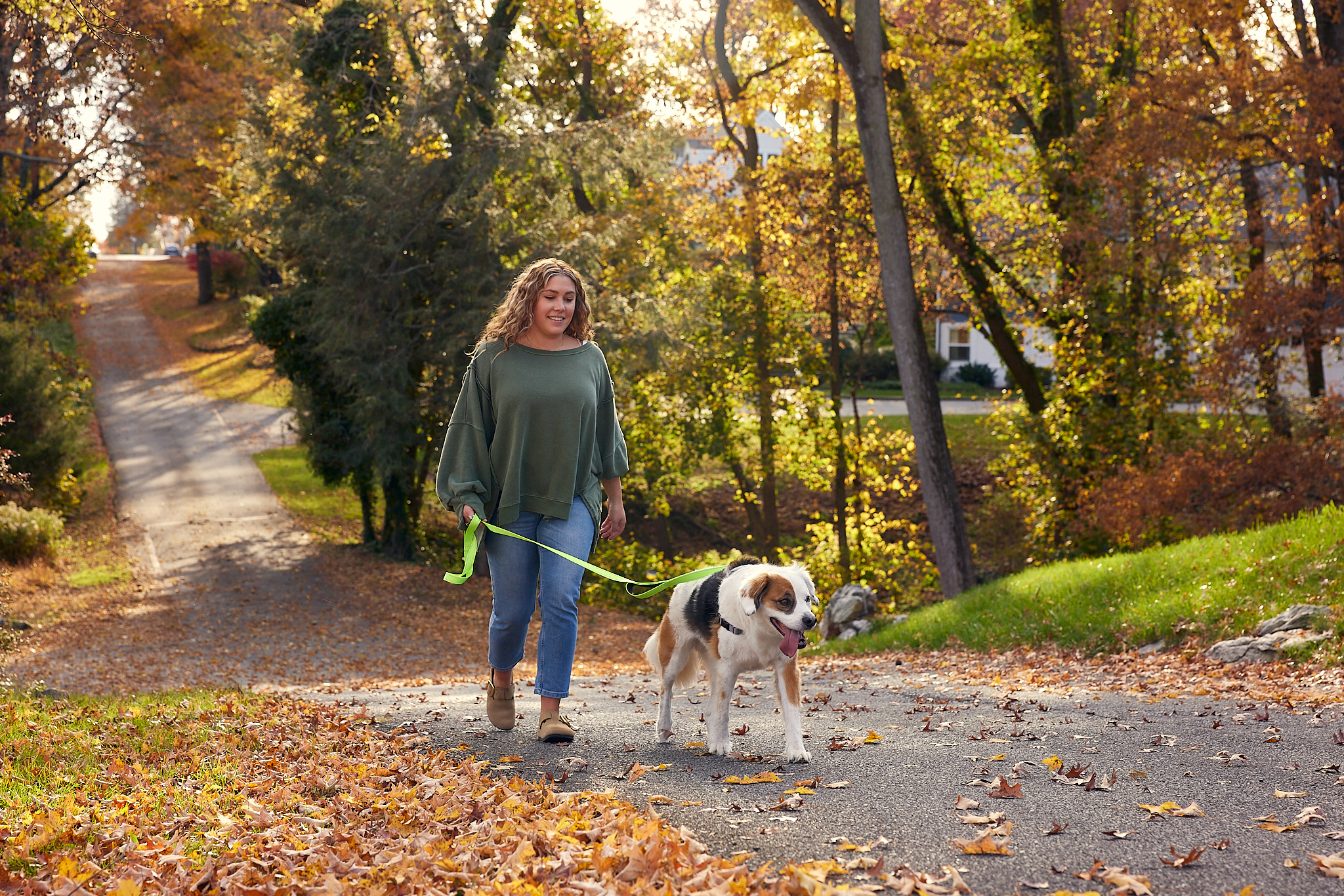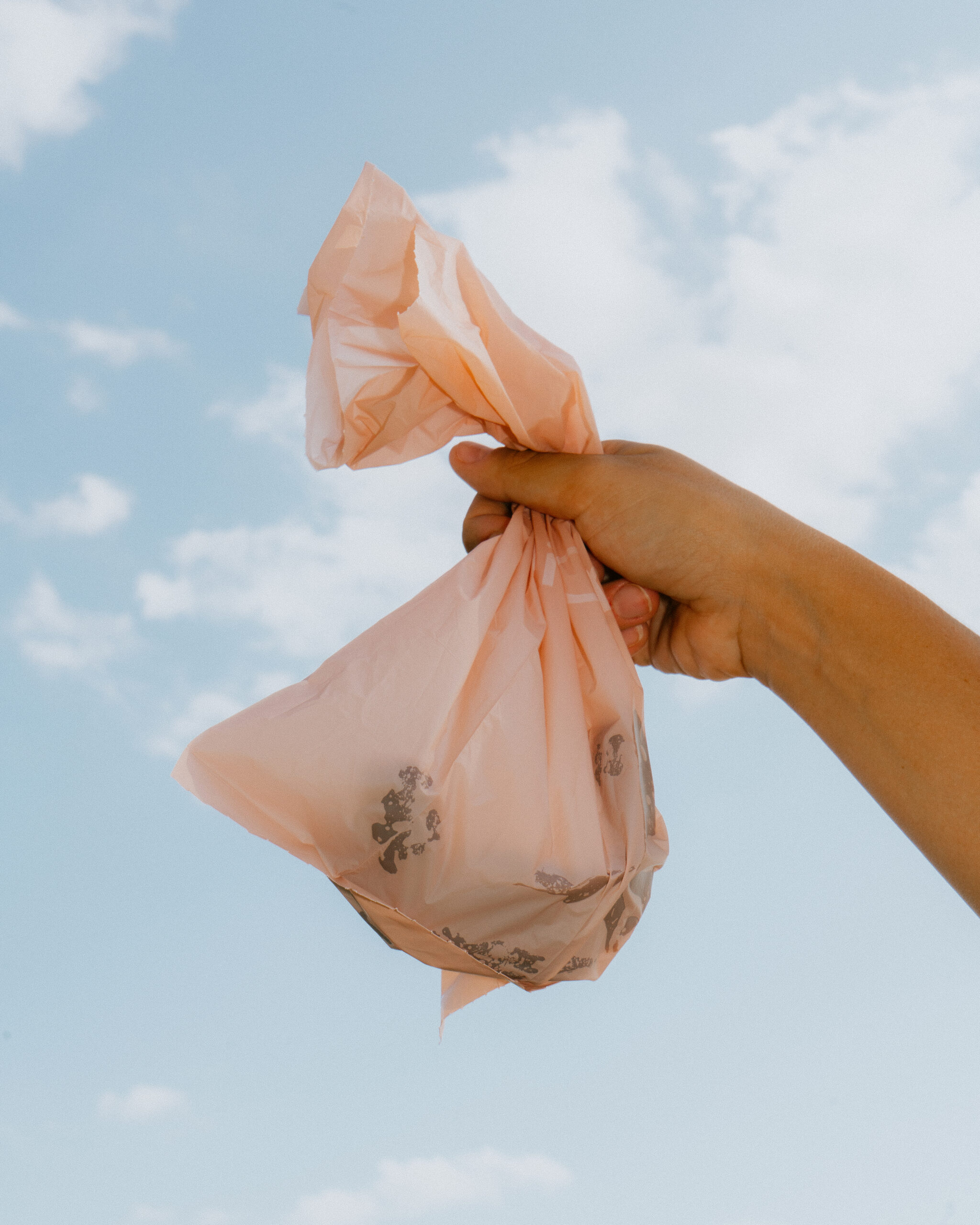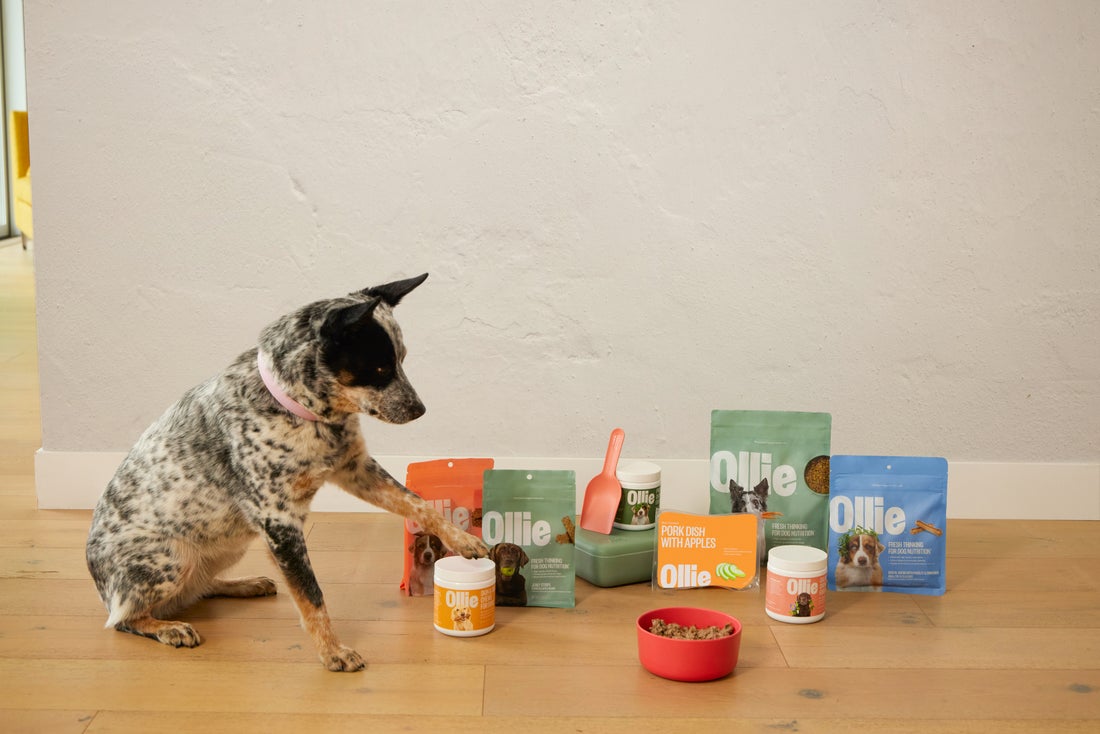Hey Ollie blog readers! We’re offering you an exclusive 60% OFF your starter box! Try now!
Of all the surprises you might find when picking up after your dog, green poop is one that makes most pet parents pause. It’s not exactly the poop color you expect when everything’s normal, so it’s natural to wonder, why is my dog’s poop green? and is it something to worry about?
Sometimes, green dog poop is harmless. Maybe your dog munched on too much grass at the park or got into something colorful. Other times, green stool can be a clue that something isn’t quite right inside, like digestion moving too fast, a parasite, or a food that didn’t sit well.
The good news is, your dog’s poop is one of the easiest health clues you have. By paying attention to what you see, and making smart choices about what goes into your dog’s bowl, you can keep your pup’s digestion (and poop color) as predictable as possible.
A simple place to start? Feed real, fresh food that’s gentle on the gut. Ollie meals are made with whole ingredients, no artificial dyes, and plenty of nutrients to help keep your dog’s belly balanced, and their poop the healthy shade of brown you actually want to see.
What Normal Dog Poop Should Look Like
Before you stress over green dog poop, it helps to know what normal, healthy poop actually looks like. For most dogs, healthy stool checks a few simple boxes:
- Color: Medium to dark brown
- Shape: Log-shaped and easy to pick up
- Texture: Firm, but not rock-hard — moist enough that it doesn’t crumble
- Consistency: No weird mucus, blood, or undigested chunks
Why brown? It comes down to bile, a digestive fluid made by your dog’s liver that breaks down fat and colors the poop brown as it moves through the intestines. When everything’s working well, that bile does its job and your dog’s poop stays the right color.
So when your dog’s poop is green, it usually means bile hasn’t done its job all the way. Maybe something sped up digestion. Maybe your dog ate something unusual. Or maybe there’s an infection or parasite that’s changed how food moves through their system.
The point is, poop color is like a little health note you can read for free, and staying on top of it helps you catch small problems early. Good food makes a difference, too. Real, digestible meals like Ollie fresh food help your dog’s gut work the way it should, so their poop stays easy to scoop and easy to read.
Common Causes of Green Dog Poop
So you’re staring at green poop in the yard, now what? Before you panic, know this: there are a handful of reasons your dog’s poop is green, and not all of them mean something’s seriously wrong.
Here are the most common causes of green or greenish stool:
- Eating Grass
This is the top reason dogs poop green. Dogs sometimes eat grass out of boredom or to settle a mild stomach ache. A few blades probably won’t change much, but if your dog chomps down big mouthfuls, that green fiber can tint their poop bright green.
- Pigmented Treats or Foods
Did your dog snag a brightly colored treat? Some kibble brands and chews use artificial food dyes that can show up in your dog’s poop. Even leftover veggies like spinach, kale, or green beans can do it in larger amounts. If your dog seems fine otherwise, this usually passes in a day or so.
- Digestion Moving Too Fast
Sometimes stool comes out green because food raced through the intestines too quickly. If digestion is rushed — from stress, a sudden food switch, or a mild stomach bug, bile doesn’t fully break down, leaving stool greenish instead of brown.
- Parasites or Bacterial Imbalance
Infections like Giardia, a common parasite that dogs can pick up from drinking contaminated water or licking dirty surfaces, can cause green diarrhea. This type of poop is often loose, slimy, and has a strong smell.
Giardia is especially common in puppies, dogs who drink from puddles or streams, or pups who spend time around other infected dogs.
If your dog shows these signs, it’s a good idea to check in with your vet. Parasite infections are usually treatable with the right care.
- Bile or Gallbladder Issues
Rarely, greenish dog poop can mean bile isn’t being absorbed or processed properly, pointing to liver or gallbladder trouble. This usually comes with other signs, like vomiting, yellow gums, or a sudden loss of appetite.
Most of the time, a single green poop isn’t a big deal. But if it’s happening more than once, or your dog seems “off,” it’s smart to watch for other clues, and get your vet’s advice if needed.
When Green Dog Poop Is Serious
Most of the time, finding green dog poop once or twice isn’t worth losing sleep over. But sometimes that color change is your dog’s way of waving a little red flag, or in this case, a green one.
Here’s when greenish poop means it’s time to take it seriously:
It Keeps Happening
If you’re seeing green dog poop multiple times in a week, or it sticks around for more than 24–48 hours, it’s worth a closer look. Ongoing color changes can mean your dog’s gut is struggling, from parasites to an infection or an issue with bile flow.
It’s a Puppy
Green puppy poop should never be brushed off. Puppies are more likely to pick up parasites like Giardia, which can cause green, slimy diarrhea and fast dehydration. If your pup’s stool is green and runny, or they seem tired or refuse food, call your vet sooner than later.
It’s Diarrhea
Green diarrhea in dogs is more concerning than a single formed poop with a green tint. Diarrhea can quickly lead to dehydration, especially if it’s paired with vomiting or low appetite.
Other Symptoms Show Up
Keep an eye out for:
- Vomiting
- Loss of appetite
- Sudden weight loss
- Yellowing of the eyes or gums
- Lethargy or belly pain
These can be clues that the cause isn’t just a snack of grass, it could be a sign of liver or gallbladder trouble that needs vet care.
In short: if your dog’s acting fine and the green poop is a one-time thing, you’ll probably see normal brown poop again tomorrow. If not, it’s time to get your vet’s take.
What Your Vet Will Do
If your dog’s green stool sticks around or comes with other symptoms, your vet will help figure out why. The good news? Finding the answer usually isn’t complicated.
The First Questions
Your vet will start by asking:
- What did your dog eat in the past few days?
- Any new treats, table scraps, or plants they may have chewed?
- Any changes to food, stress, or routine?
- Is the poop formed or runny? Any mucus, worms, or blood?
- Has your dog been drinking from puddles or playing at parks where parasites could be picked up?
Bring a Stool Sample
If your vet suspects an infection or parasite (like Giardia), they’ll probably ask you to bring in a fresh poop sample. This helps them check for parasites, bacteria, or other bugs that can turn poop green.
Tests They May Run
Depending on what they find, your vet might recommend:
- Fecal test for parasites and bacteria
- Bloodwork to check liver or gallbladder function
- Ultrasound or X-ray if there’s a chance bile flow is the issue
The Good News
Most causes of green dog poop clear up quickly with simple treatment, dewormers, antibiotics, or a short diet reset. And if your vet suspects food is part of the problem, they may recommend switching to something gentle and easy on the stomach, like Ollie fresh dog food recipes.
Knowing what to expect makes the process less stressful for you, and more comfortable for your pup.
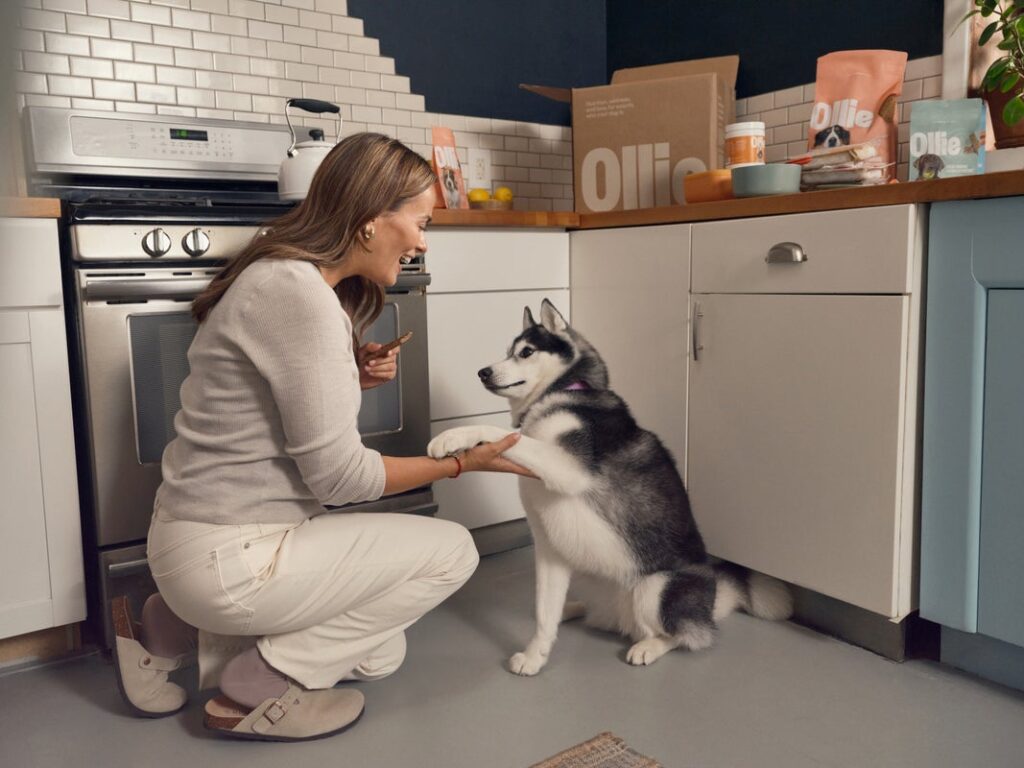
Diet, Treatment & Recovery
Once you know why your dog’s poop is green, treatment usually isn’t complicated, but it does depend on what’s behind the color change.
If It’s Grass or Food Dye
If the green came from your dog munching on grass or sneaking a treat with food coloring, the fix is easy: cut back the access. Keep an eye on your dog outside, and stick to treats without artificial dyes. Ollie meals are made with real ingredients only, no weird colors that show up in tomorrow’s poop.
If It’s Parasites or an Infection
If your vet finds Giardia or a bacterial imbalance, they’ll likely prescribe:
- Dewormers or antiparasitics
- Antibiotics if needed
- Probiotics to help restore good gut bacteria
Your dog should bounce back quickly once treatment kicks in.
Reset with a Gentle Diet
Whether the green stool came from mild tummy trouble or a fast gut transit time, a gentle diet helps digestion normalize. Some dogs do best with a short “bland” phase, like boiled chicken and plain rice, but long term, they need real, balanced nutrition that’s easy to digest.
That’s where Ollie fresh meals come in: gently cooked, packed with clean protein, and designed to support a healthy gut, so your dog’s poop stays predictable (and brown) every day.
Stick to Routine
No matter the cause, keep portions steady, watch out for scraps or sudden switches, and always transition new foods slowly. These small steps make it less likely that surprise colors, green, yellow, or otherwise, pop up in the yard again.
Home Care & Prevention Tips For Green Dog Poop
Once you’ve dealt with a bout of green dog poop, you probably don’t want to see it again anytime soon. The good news? A few simple habits can help keep your dog’s digestion steady and their poop predictable.
Limit Grass Grazing
A little nibbling is normal for some dogs, but if your pup turns the yard into a salad bar, try to redirect them. Supervise backyard time or teach a solid “leave it” to avoid big mouthfuls of grass ending up in tomorrow’s poop.
Skip Artificial Dyes
Many colorful treats and cheaper kibbles use food coloring that can tint stool greenish. Opt for simple, dye-free treats and stick to real food meals like Ollie, which use whole ingredients with no fake colors.
Stay Consistent with Diet
Dogs thrive on routine. Sudden switches or rich table scraps can mess up digestion and speed things through the gut, sometimes showing up as greenish dog poop. If you’re switching foods, do it gradually over at least 7–10 days.
Keep Parasites in Check
Parasites like Giardia love standing water and shared dog bowls. Keep water bowls clean, avoid letting your dog drink from puddles, and stay up to date on parasite prevention.
Pay Attention to the Scoop
It might not be glamorous, but keeping an eye on poop color, consistency, and frequency is one of the easiest ways to spot a gut issue before it becomes a big deal. A quick note in your phone can help you track changes, and makes your vet’s job easier if you need backup.
The bottom line? Predictable poop starts with good food and simple habits.
FAQs About Green Dog Poop
Why is my dog’s poop green all of a sudden?
The most common reason is grass. Dogs often eat grass when they feel bored or have a mild upset stomach. Food coloring in treats or kibble can do it too. If your dog is acting normal otherwise and the green poop is formed, it usually passes quickly.
What does green poop mean in dogs?
Green poop can mean your dog ate grass or pigmented food. But it can also point to digestion moving too fast, parasites like Giardia, or, less commonly, a liver or bile issue. If the green poop is runny, frequent, or comes with other signs like vomiting, call your vet.
Should I worry about green puppy poop?
Yes, green poop in puppies is more serious than in adults. Puppies can pick up parasites easily and get dehydrated fast. If your puppy has green diarrhea, especially if they’re not eating or seem tired, it’s best to see a vet quickly.
Can food coloring cause green poop in dogs?
Yes, artificial dyes in treats or certain kibbles can show up as greenish poop. It’s harmless if it’s just the dye, but not ideal long term. Choosing treats and food without added colors can help.
How do I keep my dog’s poop healthy?
Stick to simple, digestible meals with real ingredients. Avoid sudden food changes and don’t overdo it with table scraps. A fresh, balanced diet like Ollie can help keep digestion steady and poop color boring — which is exactly what you want!
Tagged As:
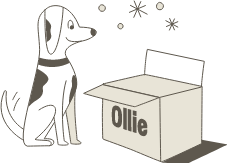
The nutrition your dog needs,
the food they want.

Enjoying our articles? Subscribe our Newsletters and get new articles directly to your inbox
You might also like
31 July 2025
4 MINS READ
The Healthiest US States for Dogs
The Ollie Health team, a team of veterinarians and veterinary technicians, reviews thousands of photos submitted through Ollie’s Health Screening service. That’s hundreds of dogs (and their st…
by Ollie Pets
30 July 2025
3 MINS READ
The Poop Scoop: Your Dog Digestion Questions Answered
As pup parents, we spend a lot of time handling dog poop, and as a key indicator of a dog’s health, it’s only fitting that we think and talk about it just as much. Unfortunately, what happens …
18 July 2025
6 MINS READ
Can You Mix Fresh Dog Food With Kibble?
If you’re feeding your dog kibble but want to upgrade their bowl, you’re not alone. Many pet parents ask if they can mix fresh dog food with kibble to get some of the benefits of fresh food wi…
by Ollie Pets
